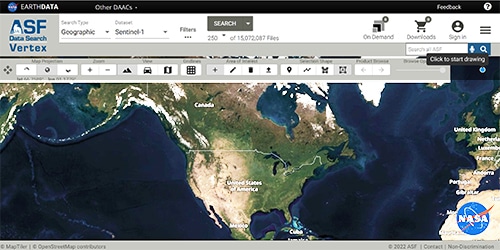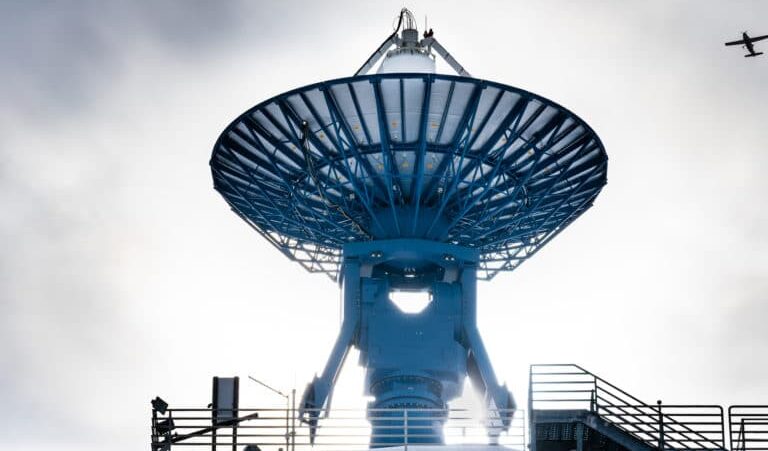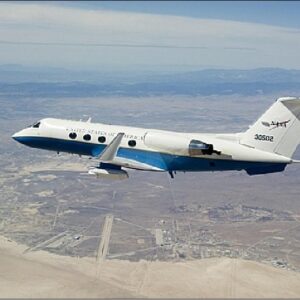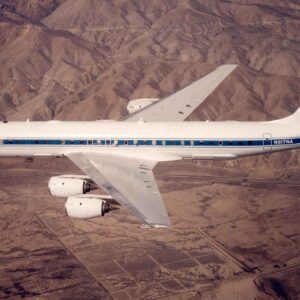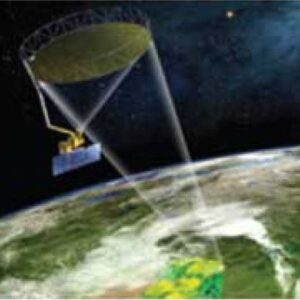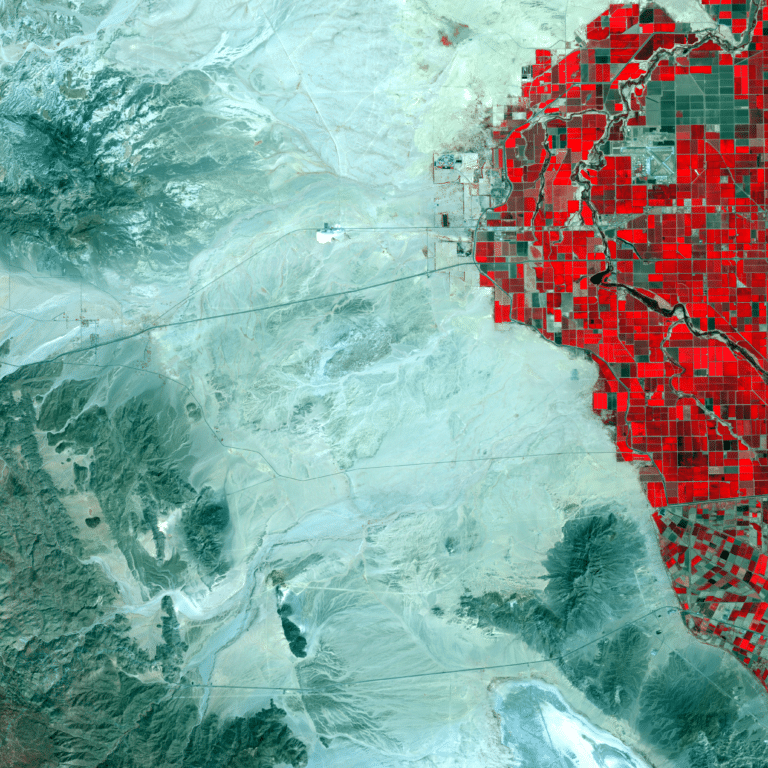The Alaska Satellite Facility archive provides data acquired since 1978 from multiple satellite and airborne platforms.
Most of these data are free, unrestricted, and available for anyone to download.
Synthetic Aperture Radar Data
OPEN SAR DATA
These SAR datasets are Open Data and available to download at no cost.
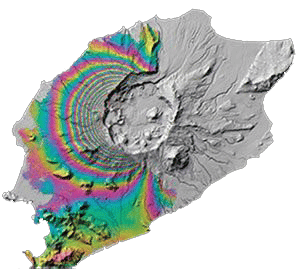
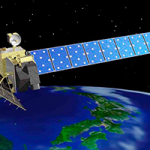
ALOS PALSAR
A JAXA (Japan Aerospace Exploration Agency) L-band satellite sensor active 2006-2011. Data coverage includes all of the Americas and many areas worldwide, with a 46-day repeat cycle.
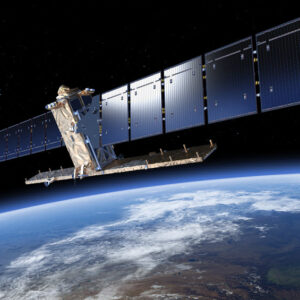
Sentinel-1
An ESA (European Space Agency) C-band satellite constellation active in 2014-present. Data coverage is worldwide, with a 6-12 day repeat cycle.

ERS-2
An ESA C-band satellite active 1995-2011. Data coverage is primarily within the ASF and McMurdo ground station masks, with a 35-day repeat cycle.
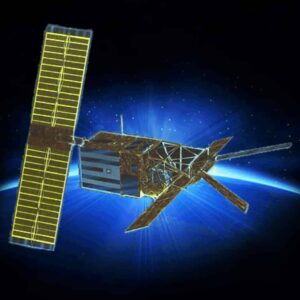
ERS-1
An ESA C-band satellite active 1991-2000. Data coverage is primarily within the ASF and McMurdo ground station masks, with a 35-day repeat cycle.
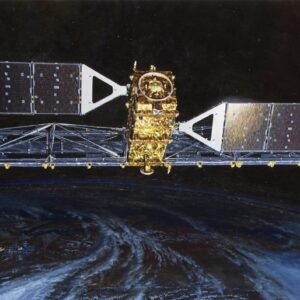
RADARSAT-1
A CSA (Canadian Space Agency) C-band satellite active 1995-2013. Data from ASF are available through 2008. Data coverage is worldwide, with a 24-day repeat cycle.

NISAR Hub
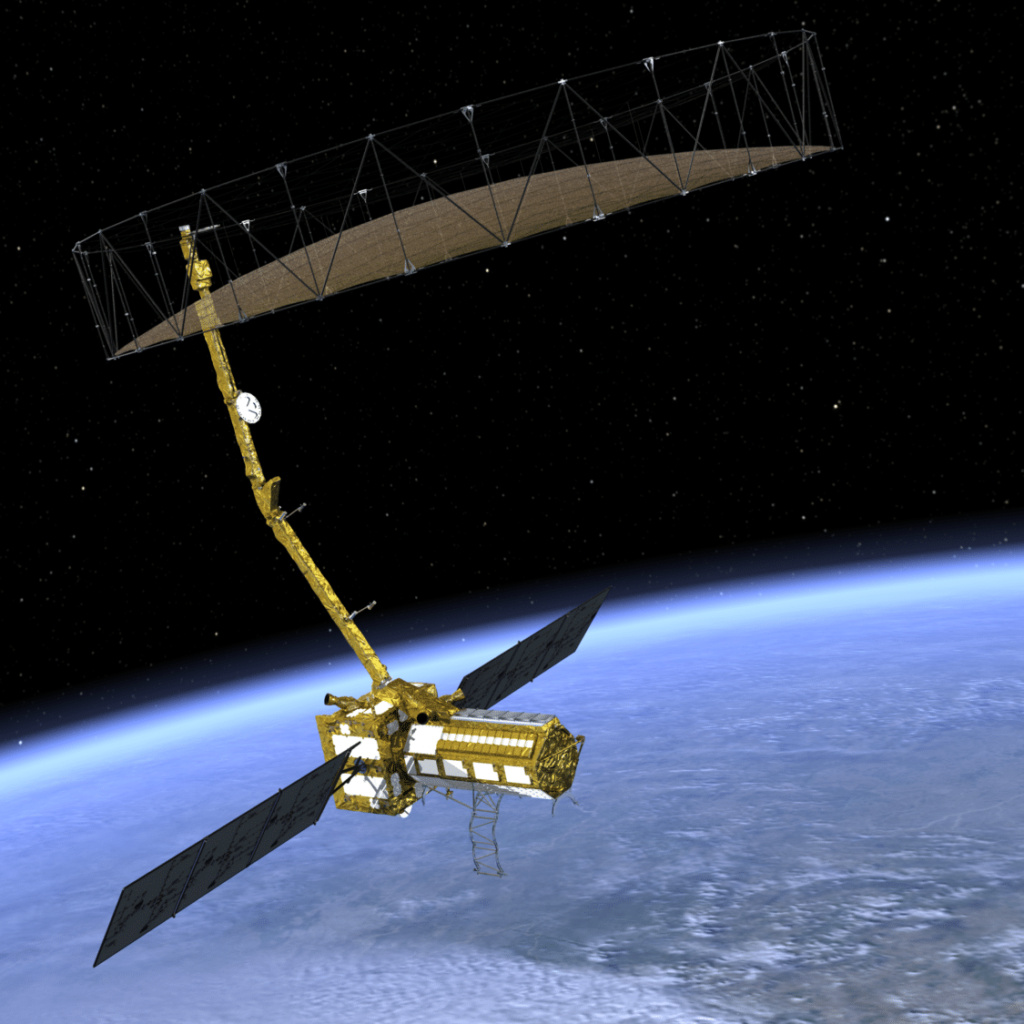
A NASA and ISRO (Indian Space Research Organization) L-band and S-band satellite is scheduled to launch in 2025.
NISAR’s instrument is optimized for studying hazards and global environmental change. Data coverage is worldwide, with a 12-day repeat cycle.
NISAR will be unique in that it systematically maps Earth at an incredible level of detail. The instrument uses two different radar frequencies (L-band and S-band) to measure changes the earth’s surface at a fine resolution of below a centimeter (0.4″). The NISAR mission will yield a sizeable amount of data, and processing will be taking full advantage of Cloud based computing power to create datasets that can be used for many applications to help address challenges the world faces today such as:
- Tracking Location and Impact of Earthquakes from Space
- Observing Changes in Permafrost, Ice Sheets, Glaciers, and Oceans
- Assessing Volcanic Hazards, Landslides, Floods, and Oil Spills
- Fire Management, Forest Resources and Forest Disturbance
- Food Security, Drought and Groundwater Withdrawal
- Integrity of Levees and Dams
And much, much more.
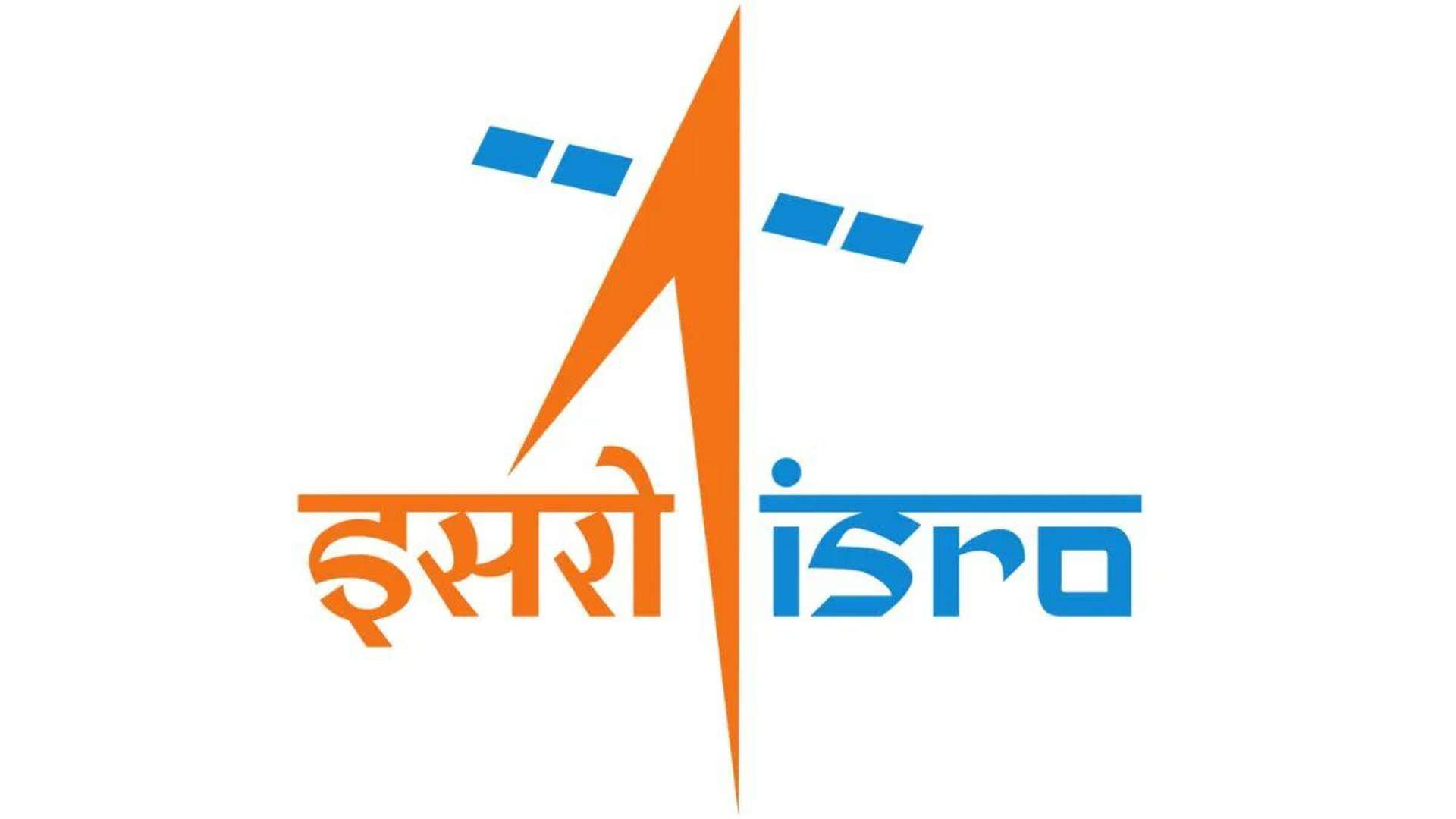
RESTRICTED SAR DATA
These data are only available to approved users. Contact [email protected] for more information.
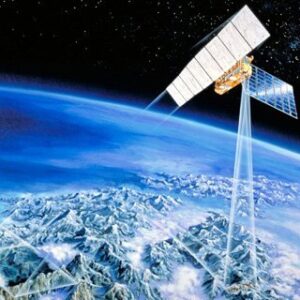
JERS-1
A JAXA L-band satellite active 1992-1998. Data coverage is worldwide, with a 44-day repeat cycle.
Derived SAR Data
OPEN SAR DATA
Datasets created using SAR data downloaded from ASF and processed to meet specific NASA Earth science project objectives. These are Open Data and free to download.
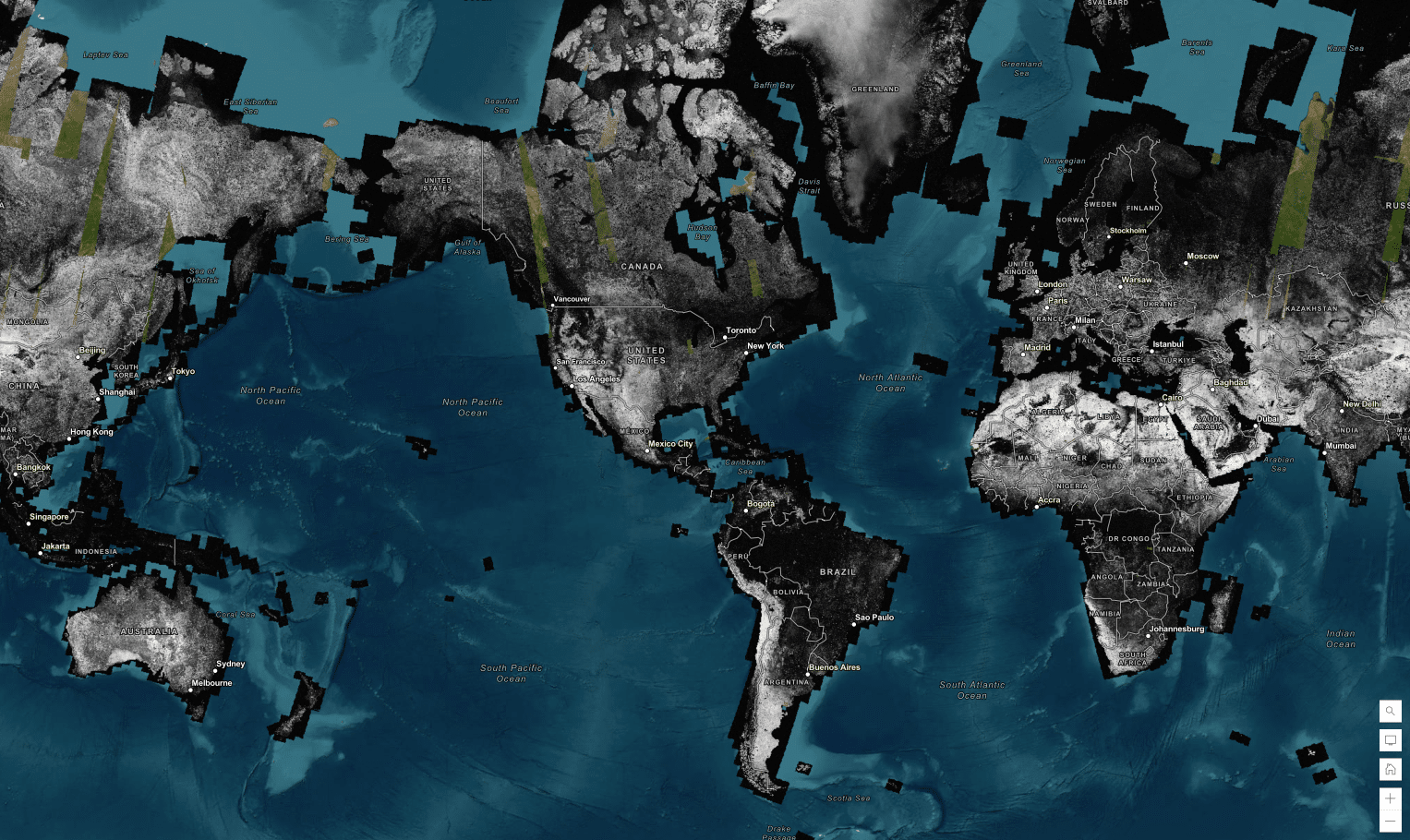
Level-2 co-registered single look complex (CSLC) and radiometrically terrain corrected (RTC) SAR products derived from Sentinel-1 and NISAR (launch date 2024) data. These products are created by the JPL OPERA project.
These are the image components merged in azimuth-time order to create a Sentinel-1 IW or EW SLC sub-swath. Burst products are particularly useful for those interested in using data for small geographic areas, and for workflows that require precise alignment of co-geolocated SLC data (e.g., interferometry and time series analyses).
12.5-m and 30-m pixel spacing RTC GeoTIFF products. Data coverage is worldwide except for Antarctica, Greenland, Iceland, and northern Eurasia (above 60 degrees).
First-of-its-kind multi-seasonal representation of the Earth, comprised of C-band SAR repeat-pass interferometric coherence and backscatter images. Global coverage; includes all land masses and ice sheets from 82 degrees northern to 78 degrees southern latitude.
Level-2 interferometric products generated by the Jet Propulsion Lab (JPL) ARIA project. The creation, discovery, and distribution of these products is to support InSAR science around tectonically active regions, volcanoes, or areas of subsidence/uplift.
Derived data acquired 1997 and 2000 from two RADARSAT-1 satellite missions (AMM-1 and MAMM) to map features of Antarctica and measure ice sheet dynamics. Datasets are available as image tiles and mosaics, and velocity maps. Also available are ice velocity maps from mini-MAMM missions in 2004 and 2007.
Three-day SAR composite mosaics of sea ice movement throughout the year, 1989-2014. Coverage includes the entire Arctic basin and the Southern Ocean.
- Maps of wetland extents, vegetation types, and seasonal inundation, derived from SAR data for areas covering crucial wetlands systems.
- Global time series maps of inundated areas derived from multiple passive, active, and optical satellite sensors optimized for inundation detection.
ALOS PALSAR images for 42 selected sites from various terrestrial-ecology and meteorological-monitoring networks, including FLUXNET, AmeriFlux, Long Term Ecological Research (LTER), and the Greenland Climate Network (GC-Net).
A part of the NASA Instrument Incubator Project (IIP) with a specific focus in measuring the surface topography of ice sheets, ice-sheet thickness, and uncovering physical properties of the glacier bed using SAR, 2006-2008.
The first near-comprehensive dataset of wintertime glacier-flow speeds throughout Alaska — available here and described in Burgess et al., Nature Communications, 2013 — reveals complex patterns of glacier flow throughout the state.
International Polar Year (IPY) was a collaborative research event focused on the Arctic and Antarctic. The history of IPY started in 1882 with the first year-long International Polar Year. Since then, a second IPY occurred in 1932-33 and an International Geophysical Year took place in 1957 -1958. The fourth IPY spanned two years (2007-2009) in order to emphasize a sense of urgency in polar research.
Optical Data
OPEN DATA
These SAR datasets are available to download at no cost.
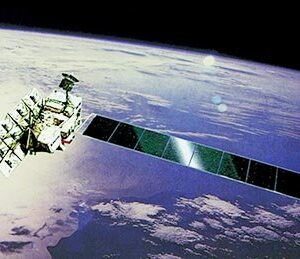
ALOS AVNIR-2
A JAXA visible and near infrared radiometer sensor active 2006-2011. Data coverage includes all of the Americas and many areas worldwide, with a 46-day repeat cycle.


